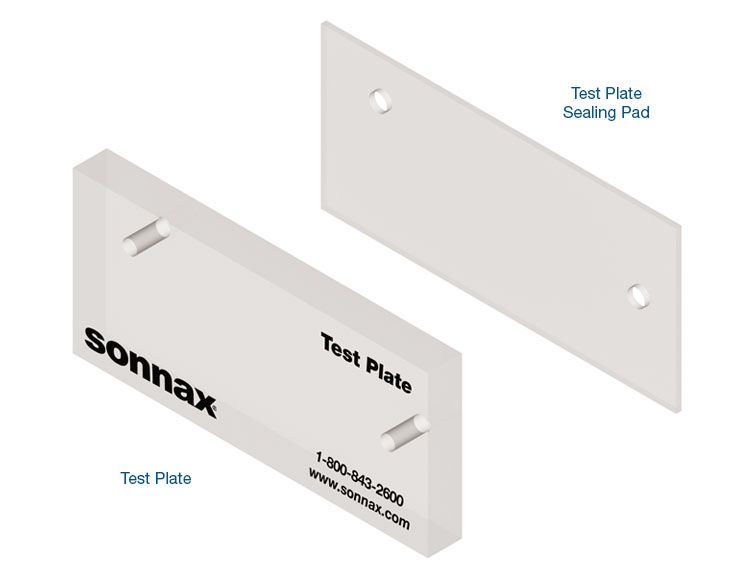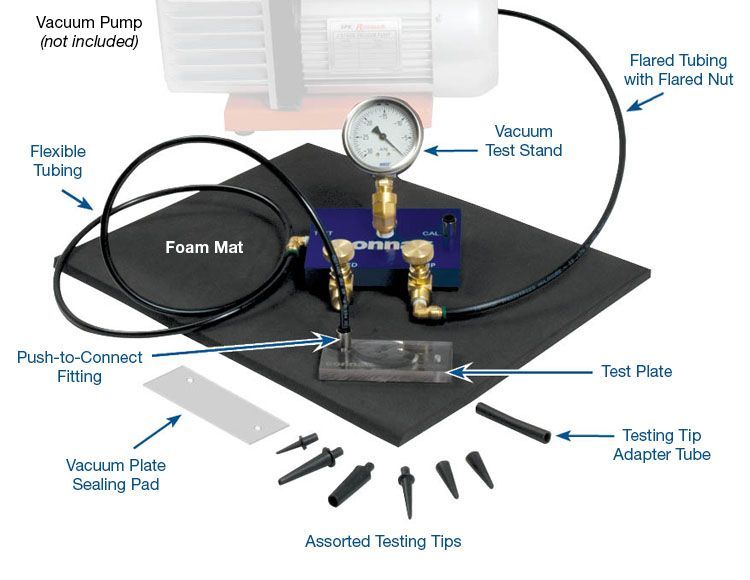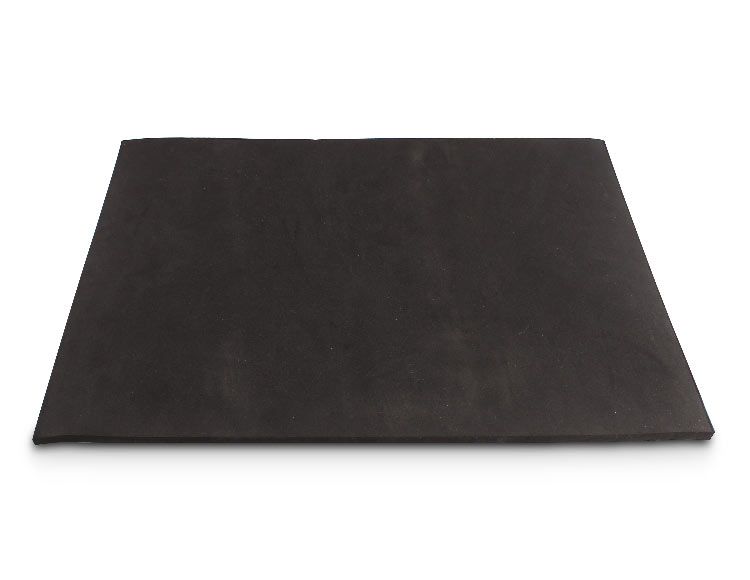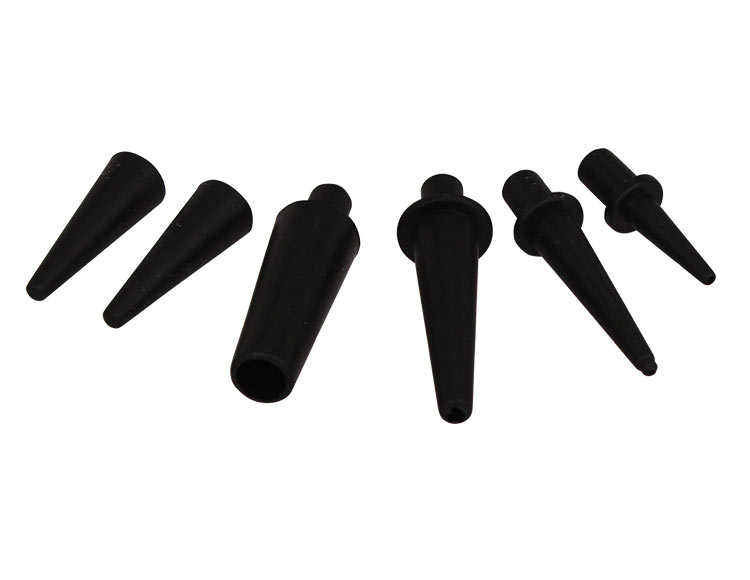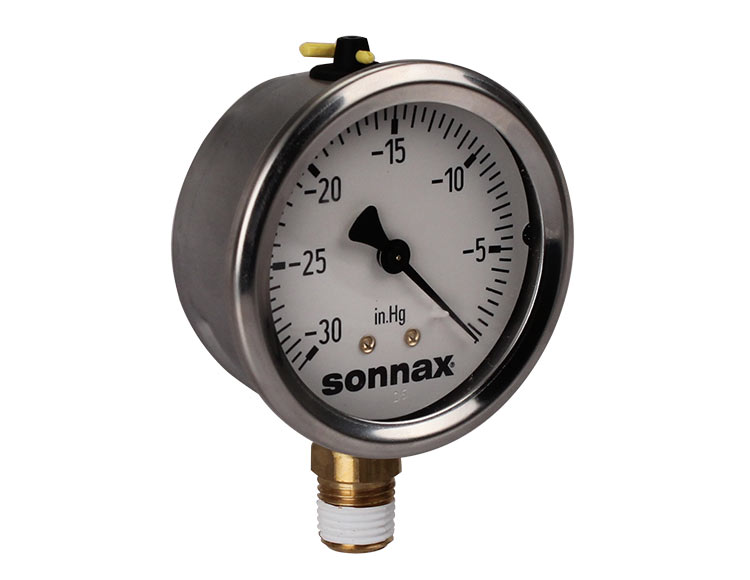January 22, 2011
Building a Basic Vacuum Testing Tool Kit
Randall Schroeder
By now most are familiar with vacuum testing, a process used to locate and identify leaks in transmission valve and pump bodies. This procedure has been out for many years, and there have been hundreds of training classes to help with learning where and how to test valve bodies. It’s simplified the process of locating leaks, allowing builders to quickly check before making repairs as well as confirming afterwards that repairs were done correctly. With some creativity and the right tools, vacuum testing can work for all kinds of parts. Here are some photos showing homemade tools being used to test various components.

In our industry, everything must continually evolve, and we need to roll with the challenges by developing new test procedures. These procedures typically make our job simpler. Component testing is often taken for granted, but is critical to ensure you have good pieces and sealed areas. With today’s transmissions, air testing — which we must do — is simply not enough. We must verify parts have better sealed, contained areas and put a lot more effort into testing than the early days of dealing with fluids and components. Not only are parts way more expensive, but the fluids that we rely on are very costly as well. Comebacks are expensive. Vacuum testing is a great way to help diagnose the cause of leaks and failures.
The vacuum testing process goes beyond a conventional air test by checking all the sealed areas, such as oil paths feeding into a clutch drum or servo. While we’ve relied on air testing in the past, adding vacuum testing to your routine helps you catch leaks in areas that might otherwise be missed. Although it can be a bit more challenging, this extra step provides added assurance in your rebuild, helping you catch pressure leaks before they lead to a costly comeback.
Purchasing basic equipment like the Sonnax vacuum test stand kit VACTEST-01K shown here and a 3cfm vacuum pump is a great way to get started. The kit includes a high-quality test stand, plus an assortment of key accessories like test tips and tubing.
You’ll quickly find testing easier and more repeatable if you also have some homemade tools. You know that saying, “One man’s trash is another man’s treasure?” Many of these tools are in your shop already (maybe even on the floor or in the trash bucket), but if not, they are easily acquired. You’ll continue building a tool collection as you go.
Basic Homemade Tool List
1. Quick storage plastic toolbox (like the ones used for fishing).

2. Rubber tips used with air nozzles. There are three common sizes available through the tool stores. Additionally, Sonnax vacuum test tips 822304 are available as replacement components.


3. Assortment of rubber lines and hoses. You'll need all different sizes, so check with your local parts stores. You only need 1–2" of every hose you can get your hands on.

4. Rubber bicycle innertubes. They're available in the dumpsters of all bicycle shops — no need to get new ones as these are disposable, but useful!

5. Leftover or used seals out of rebuild kits.

The list keeps growing as you get comfortable testing in this manner.
I hear, “We don’t have time to test everything because we have too much work.” Remember, comebacks are expensive and take longer than doing the tests beforehand. You don’t have to test everything, but for things that you find are common leaks in the repairs, it is easier to test before and mitigate comebacks. Keep tests simple, fast and repeatable. Money in the bank, not on repeat parts and oil fills.
Randall Schroeder is a Sonnax technical sales and training specialist. He is a member of the Sonnax TASC Force (Technical Automotive Specialties Committee), a group of recognized industry technical specialists, transmission rebuilders and Sonnax Transmission Company technicians.
Learn More
January 05, 2015
What is Vacuum Testing? Video - Part 1 of 3
January 05, 2015
How to Vacuum Test Video - Part 3 of 3
January 05, 2015
Vacuum Test Stand Setup & Calibration Video - Part 2 of 3
September 12, 2017
Seal the Deal: How to Prevent Comebacks with Non-Valve-Body Vacuum Testing
Randall Schroeder
September 27, 2017
Sonnax Roadshow Part I: Diagnostic Challenges – Where Do You Start?
Randall Schroeder
September 27, 2017
Sonnax Roadshow Part II: Isolating the Problem – Methods to Identify Bore Wear
Randall Schroeder
September 27, 2017
Sonnax Roadshow Part IV: Additional Valve Body Repair Issues
Randall Schroeder
February 23, 2024
Tips & Tricks – Making Light Work of Switch Valve End Plug Testing
Randall Schroeder
Related Parts
Required
Recommended
Vacuum Test Stand Kit VACTEST-01K
-
Helps cure:
- The need for a quick, easy & repeatable method to test valve & bore wear
Required
Recommended
Vacuum Test Fitting VACTEST-07
- Thread Style: 10-32 UNF male end
- Tube Dia.: 0.25"
While Sonnax makes every effort to ensure the accuracy of technical articles at time of publication, we assume no liability for inaccuracies or for information which may become outdated or obsolete over time.

